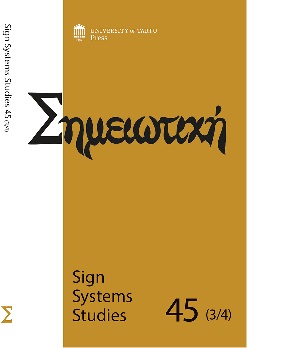The figure of the impostor to the throne in Russian political culture: Between sacralization and mimesis
The figure of the impostor to the throne in Russian political culture: Between sacralization and mimesis
Author(s): Ilya KalininSubject(s): Political Philosophy, Political history, Modern Age, Studies in violence and power, Phenomenology, Sociology of Politics
Published by: Tartu Ülikooli Kirjastus
Keywords: imposture; autocracy; power; mimetic desire; Time of Troubles; Russian politics; Boris Uspenskij; René Girard;
Summary/Abstract: Proceeding from materials relating to the “Time of Troubles”, this article examines the phenomenon of imposture (samozvanchestvo) as one of the symbols of Russian political history from the early 17th to the mid-19th century. The duration of the “impostor epidemic” coincides exactly with that of serfdom, and imposture itself can be described as a social reaction to a form of authority founded on total personal dependence. The article aims to develop further Boris Uspenskij’s argument that reveals in sacralization of the Tsar’s power in medieval Russia the main reason of imposture. René Girard’s conception of mimetic desire serves as the theoretical perspective for such a development.
Journal: Σημειωτκή - Sign Systems Studies
- Issue Year: 45/2017
- Issue No: 3-4
- Page Range: 284-301
- Page Count: 18
- Language: English

